An almost unexpected (and thus poorly planned) trip turning into a remarkable adventure is a rare occurrence. Thankfully, that is exactly what I can say about my trip to Pavlodar during the first weekend of last September. It was an exceptionally enjoyable journey, full to the brim with very lucky details that made it all the better. For example, compared to my much shorter train ride to and from Karaganda, this longer one was not only more enjoyable, but even outright relaxing! Of course, we are not here to discuss how I could finally catch up with some Netflix shows on a seven-hour train journey as I drank far too much berry juice. We are here to see just what Pavlodar offers to its visitors!
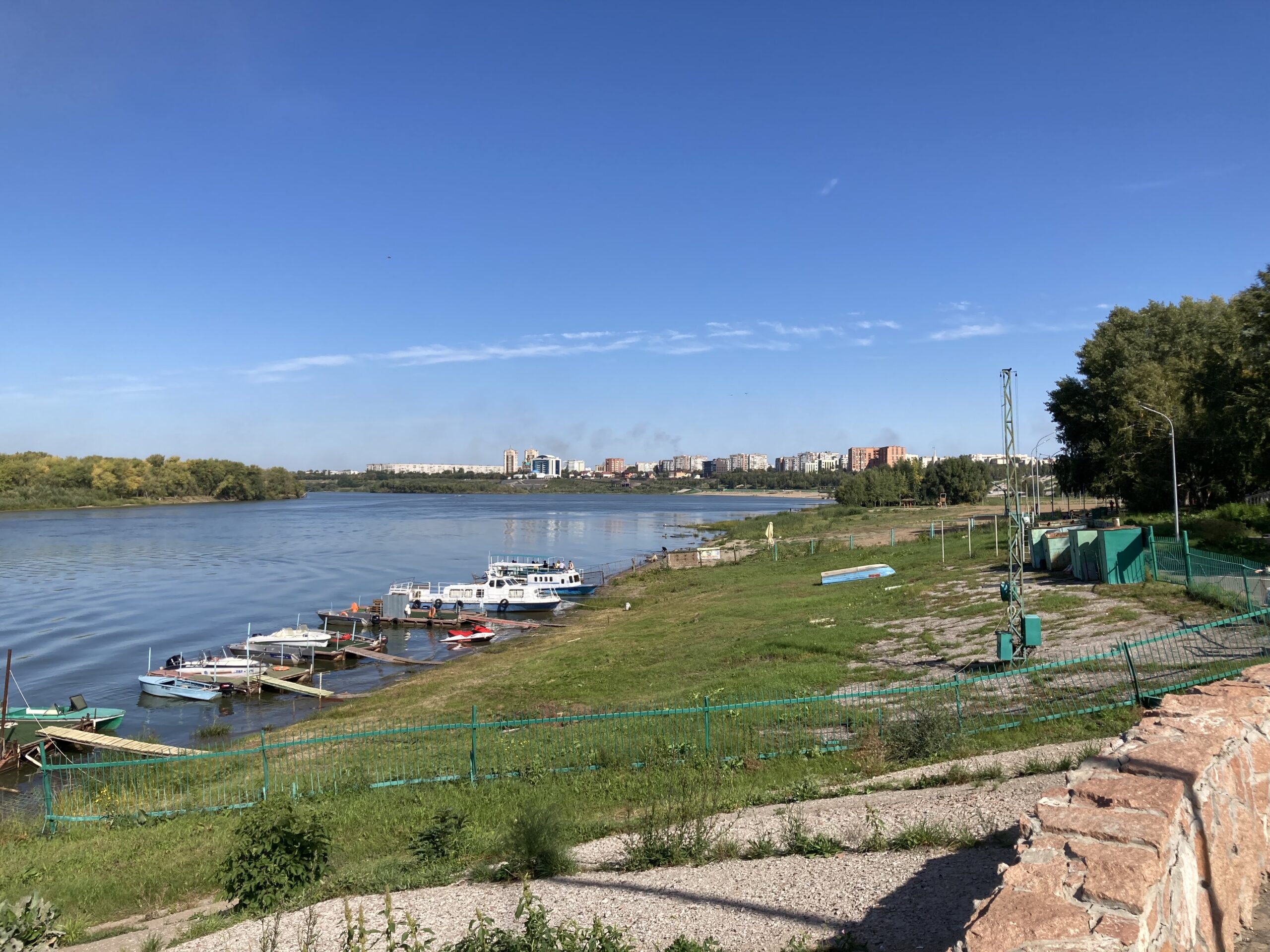
The mighty Irtysh River, that eventually ties into the even mightier Ob River which finally pours into the Arctic Ocean forms the western boundary of Pavlodar. For many, the riverside is the most must-see part of the city. In a way, they are right. In summer, this is the place to be, that much is clear. However, already by the beginning of September, things started to die down a bit, and the small boats you see here were not offering short trips along the coast anymore.
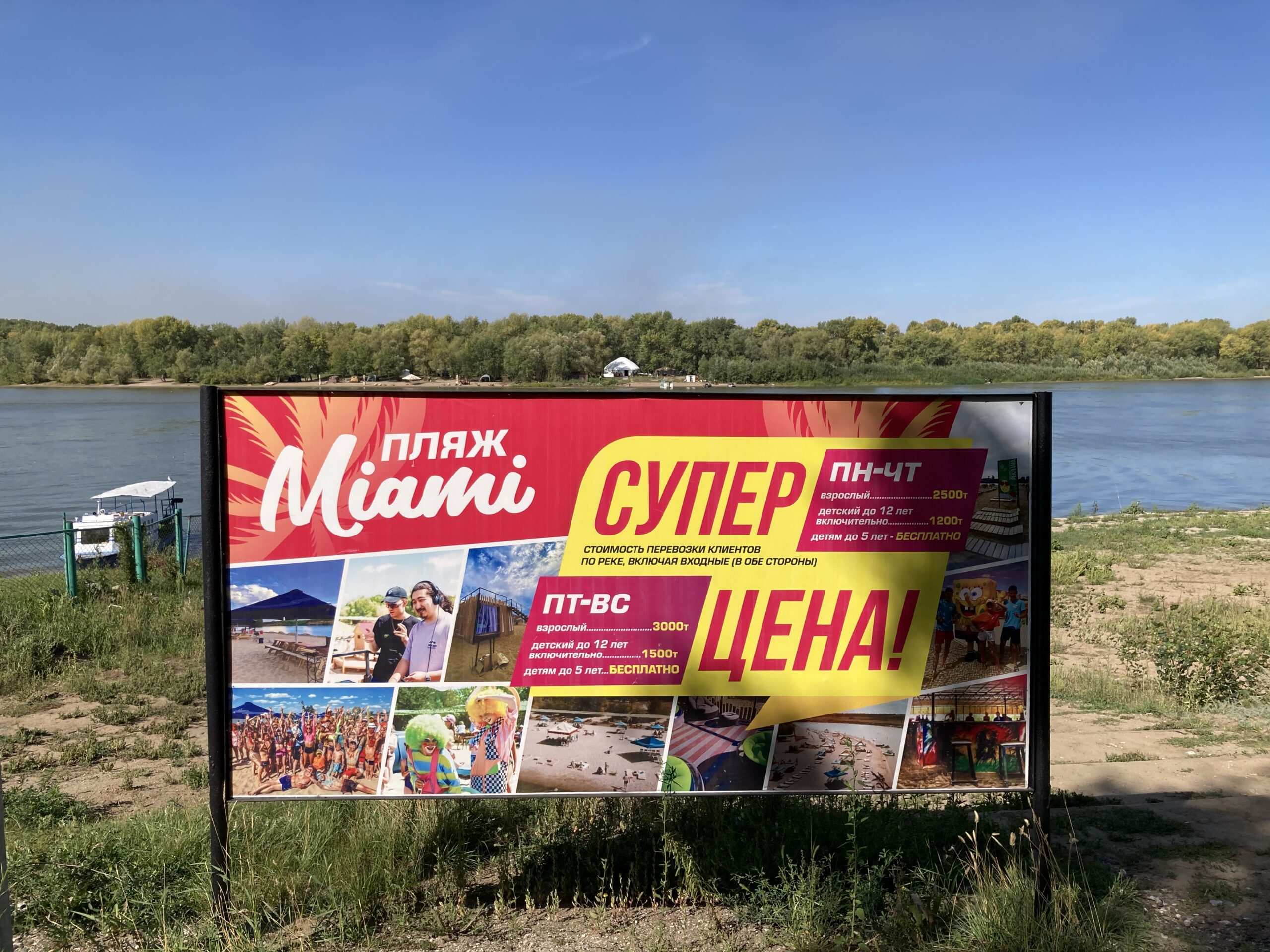
Incidentally, a “beach club” was still open and fully functional. You can take a small ferry to the other side of the river, where the beach is kept clean of vegetation. Though it is hard to figure out in this photo (and from this distance), there is a random Yurt that marks where this Beach Miami is. It honestly looked like most other beach club I saw to date, this one just happened to be tucked away in Kazakh steppes… The fine sand game was on point from what I saw, some pubs (or at least kiosks selling beer) were there, servers were bussing around, and there was that random Yurt to enjoy. On second thought, that Yurt did separate it from all the other beach clubs I have seen so far…
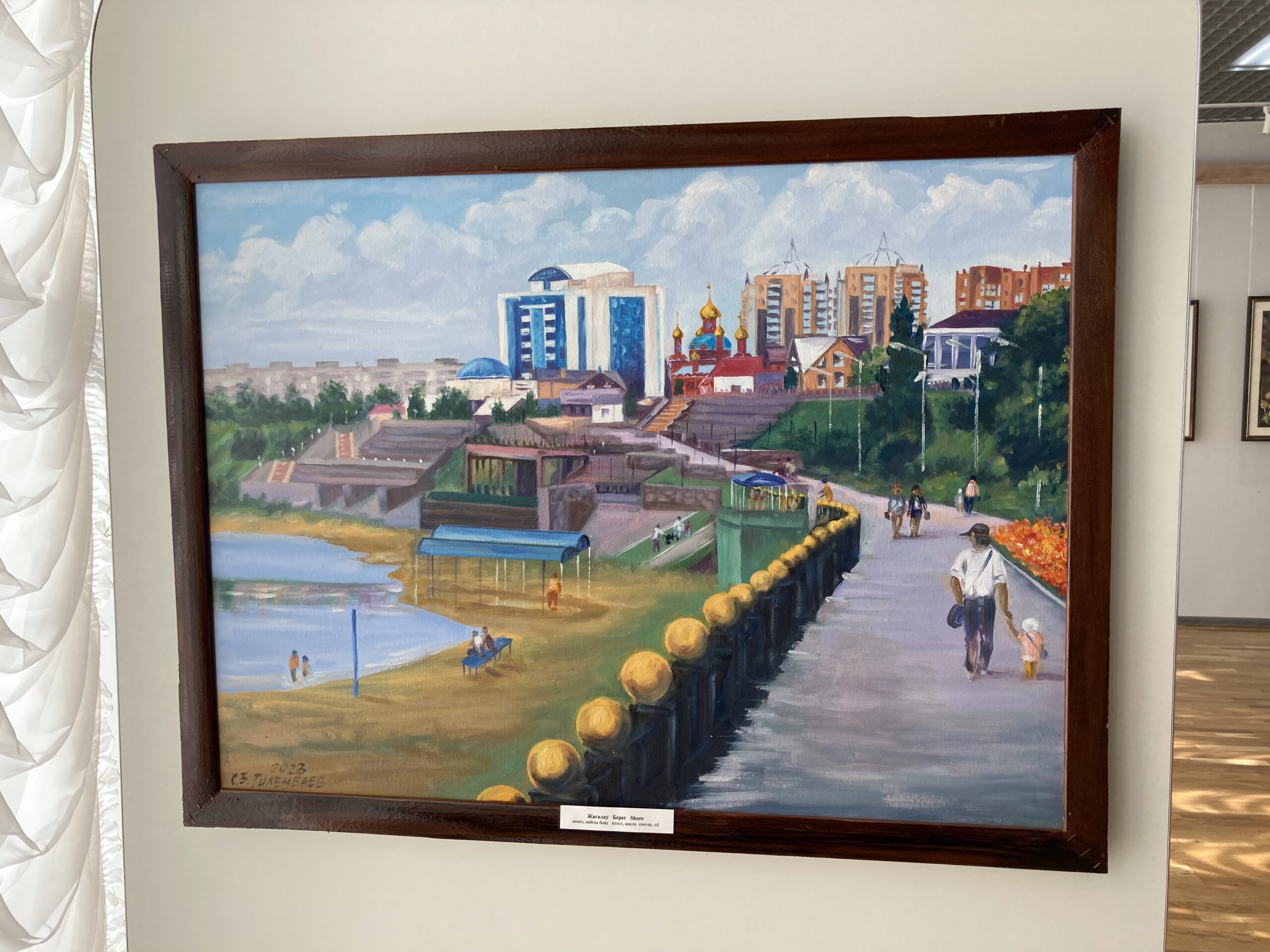
Of course, given the importance of the riverside to the denizens of the city, one of the first pieces you see in Pavlodar’s small art museum just happens to be a drawing of this much beloved part of the town. In full disclosure, it was a bit of a mistake to go into this museum, which was more like a gallery for up-and-coming local artists. It was extremely cheap but there was not much to see beyond this one room, and it sure felt a bit rude leaving the place after spending only around three minutes…
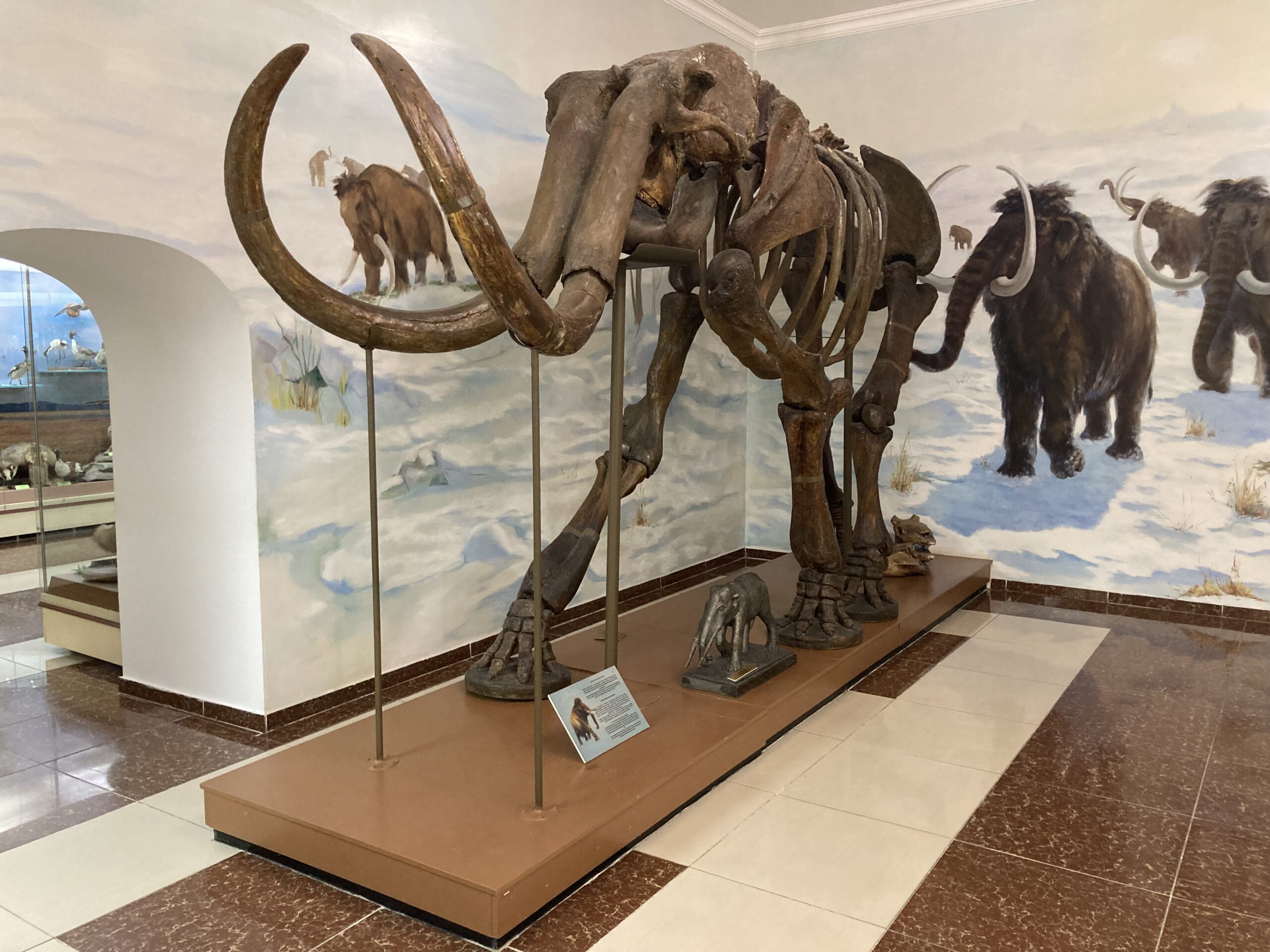
However, Pavlodar is home to some other, much better museums as well. Historical and Regional Studies Museum of Pavlodar Province is a must visit if you ask me, given its less than a USD entry fee and its way more than a USD’s worth attractions! You get to see a lot of real mammoth tusks and bones, as well as a bunch of other archaeological and historical artefacts from the region’s past. There is also the Ertis Museum that the locals are quite proud of. It is the perfect museum for children with its interactive exhibitions that are on topics ranging from ecology to astronomy, but for me it simply did not do the trick. Still, for such a small town, even one decent museum is plenty.
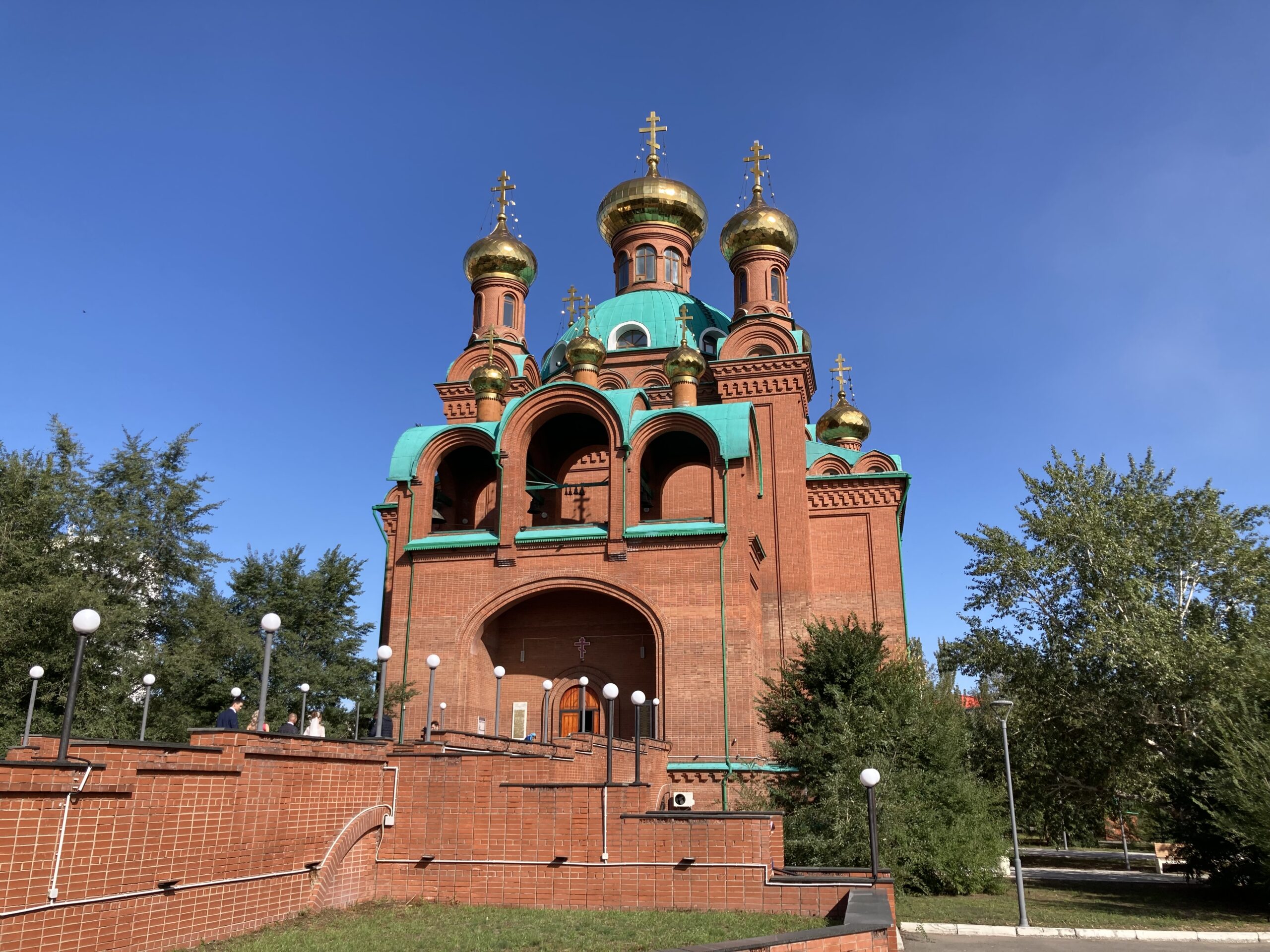
Pavlodar is an exceptionally culturally and demographically rich city. That is perhaps why its small museum was full of interesting odds and ends. This richness also allowed a lot of these different and interesting religious architecture populating the town. Here, Christians and Muslims live a bit more “together,” which was reminiscent of my time in Kazan in all the best ways possible. I happened to see an Armenian couple getting married in this fine-looking Cathedral of the Annunciation, and in an effort not to destroy the mood I decided not go any further. You can actually see the couple in this photo.
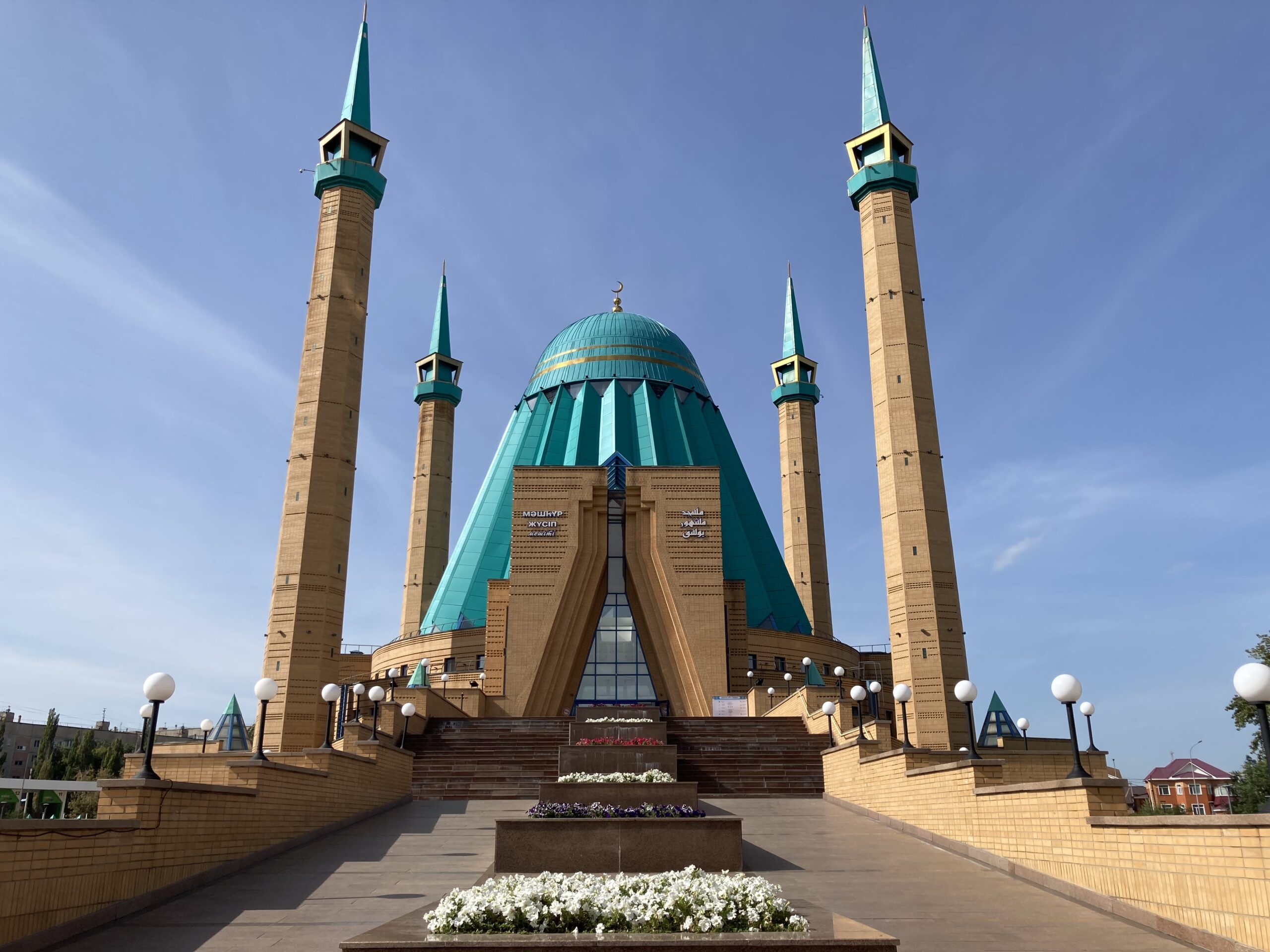
Of course, there is also the Mashkur Zhusup Mosque to mention, as one cannot write a guide to Pavlodar without talking about this fascinating structure. As if being turquoise was not enough of a change, the architects of this unique mosque decided to make it look like a tent as well, at least that is what they had on their mind. It is questionable to what degree does the final structure look like an actual nomadic tent, but it is the thought that counts. This whole complex was quite huge and came alongside a ton of religious shops and schools surrounding it, so it was an interesting area to wander around to say the least.
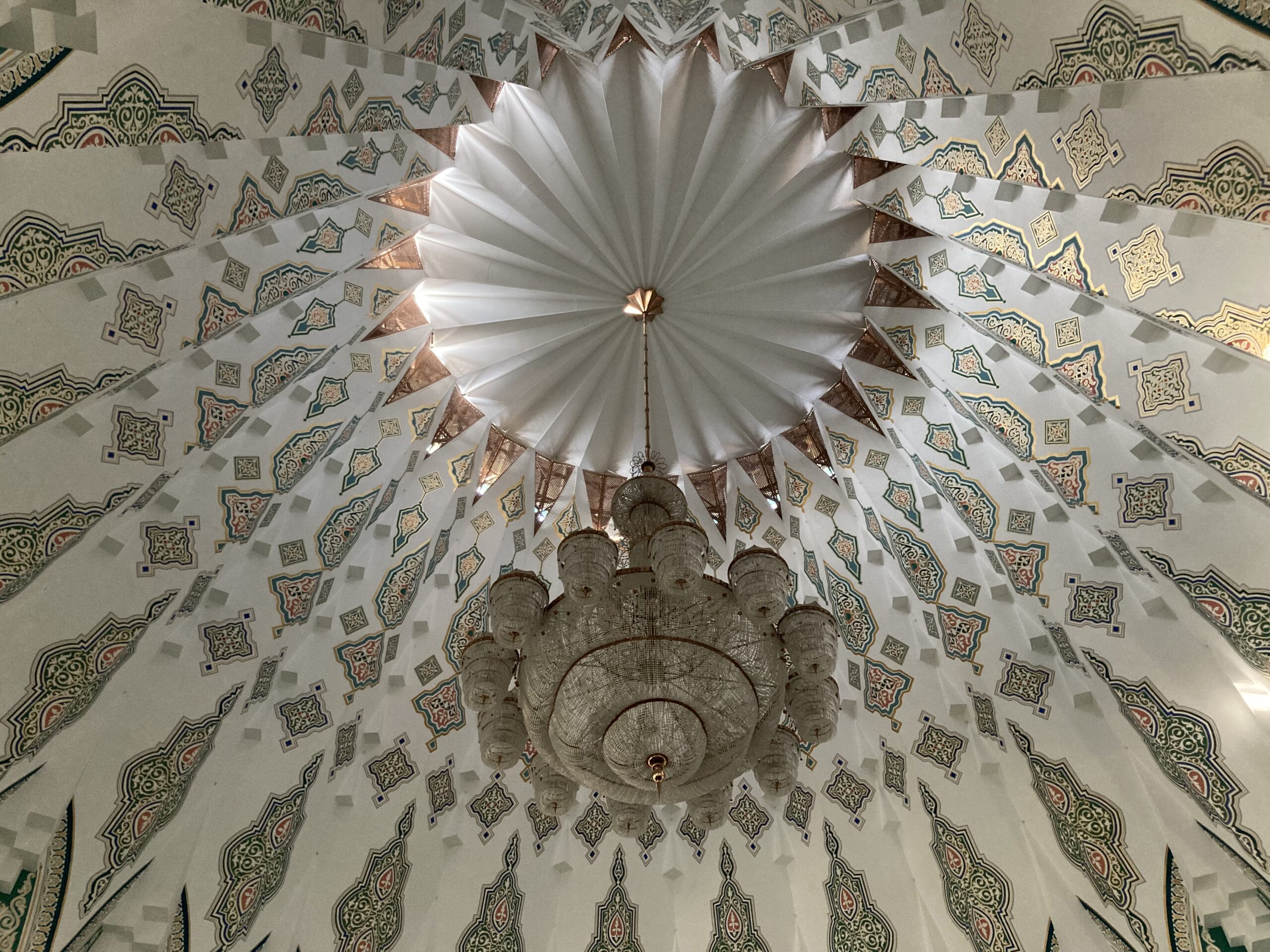
On the inside, assuming that you want to find out what is on the inside, there is nothing to see… They used the comfiest bedding for the floor that I have ever walked on, as it felt like I was walking on clouds, but other than that there was nothing to gasp at or write about. It was very ordinary, which is perhaps a good contrast to how it looks on the outside.
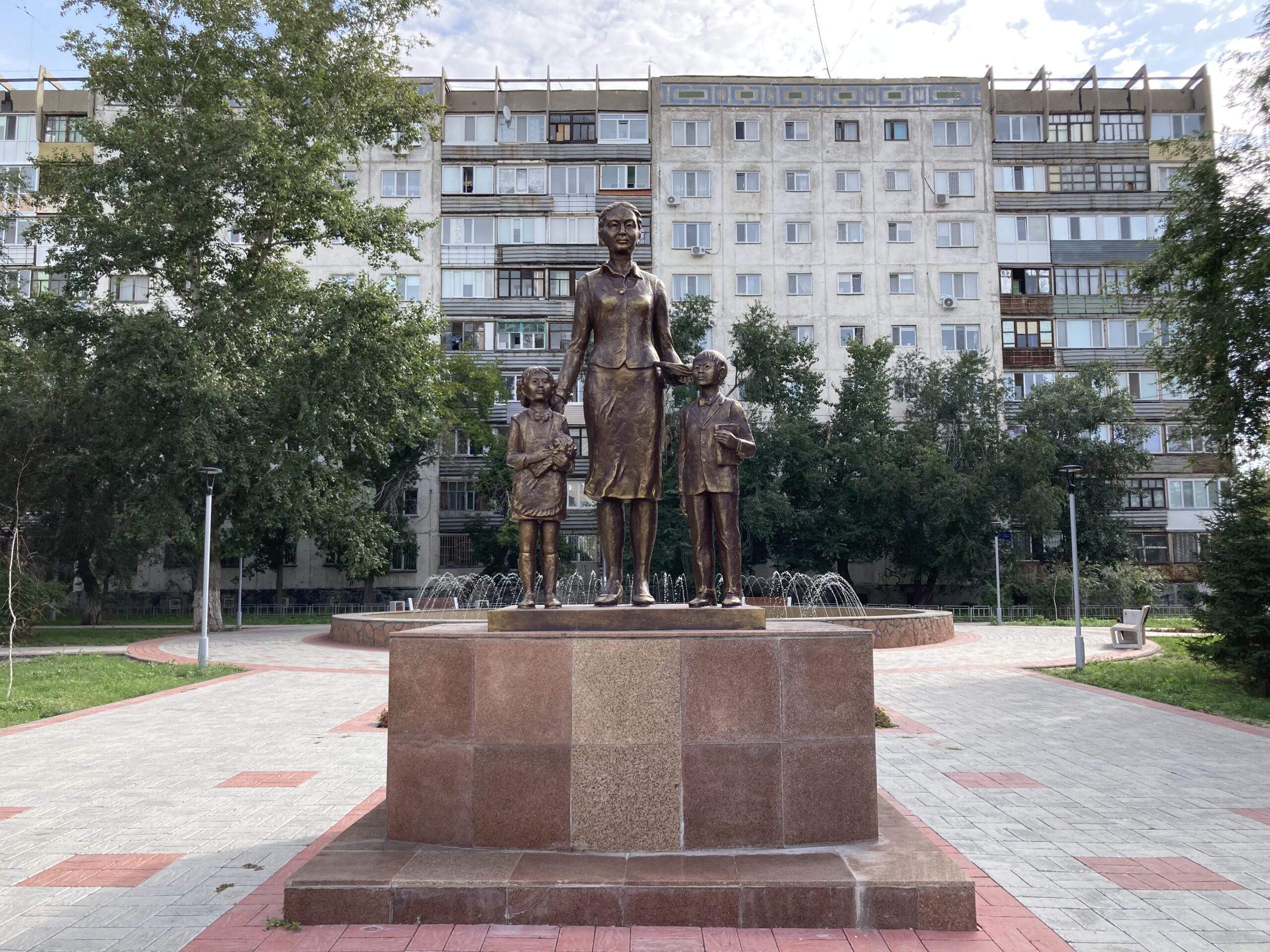
In any case, after a short walk from the said mosque one will find themselves going back in time, back to the USSR. You did not think that I would finish this article of mine before talking about anything and everything “Soviet” in Pavlodar, right? This fine statue dedicated to the 1st of May with extremely Soviet looking apartment blocks on the background should get you motivated to read more!
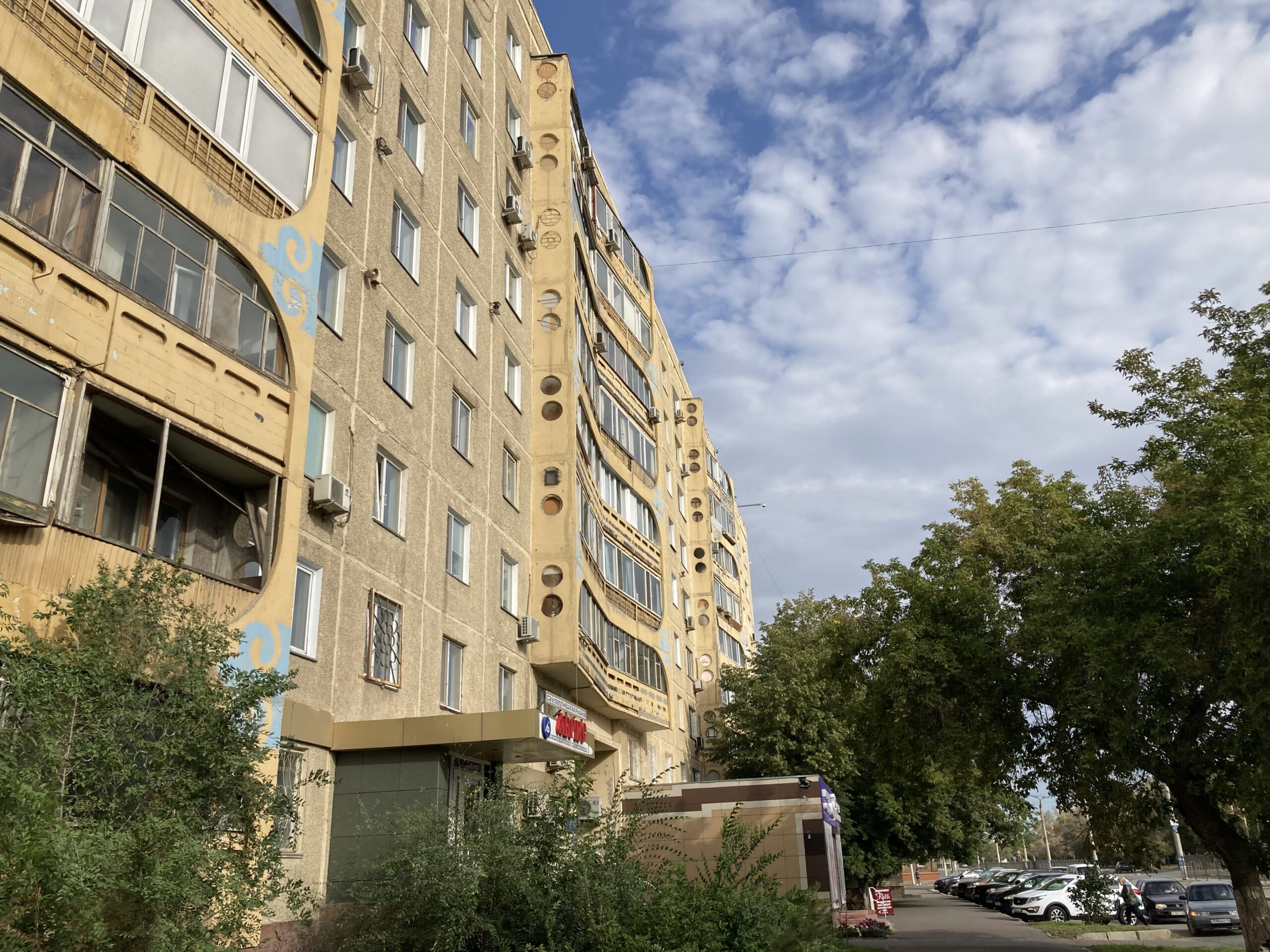
For some reason, the city was filled to the brim with these exceptionally gargantuan apartment blocks, some going for hundreds of meters, like a wall of sorts. What was even more interesting was these protruding balconies that also arched a bit towards their centres. It is hard to describe it textually, and it was hard to take a decent photo of them without getting some stares… Just take my word for it when I say that these seemed pretty unique to me, but apparently such architectural experiments were often tried in these smaller rural towns back in the USSR, so I guess it makes sense to see such novelties here of all places.
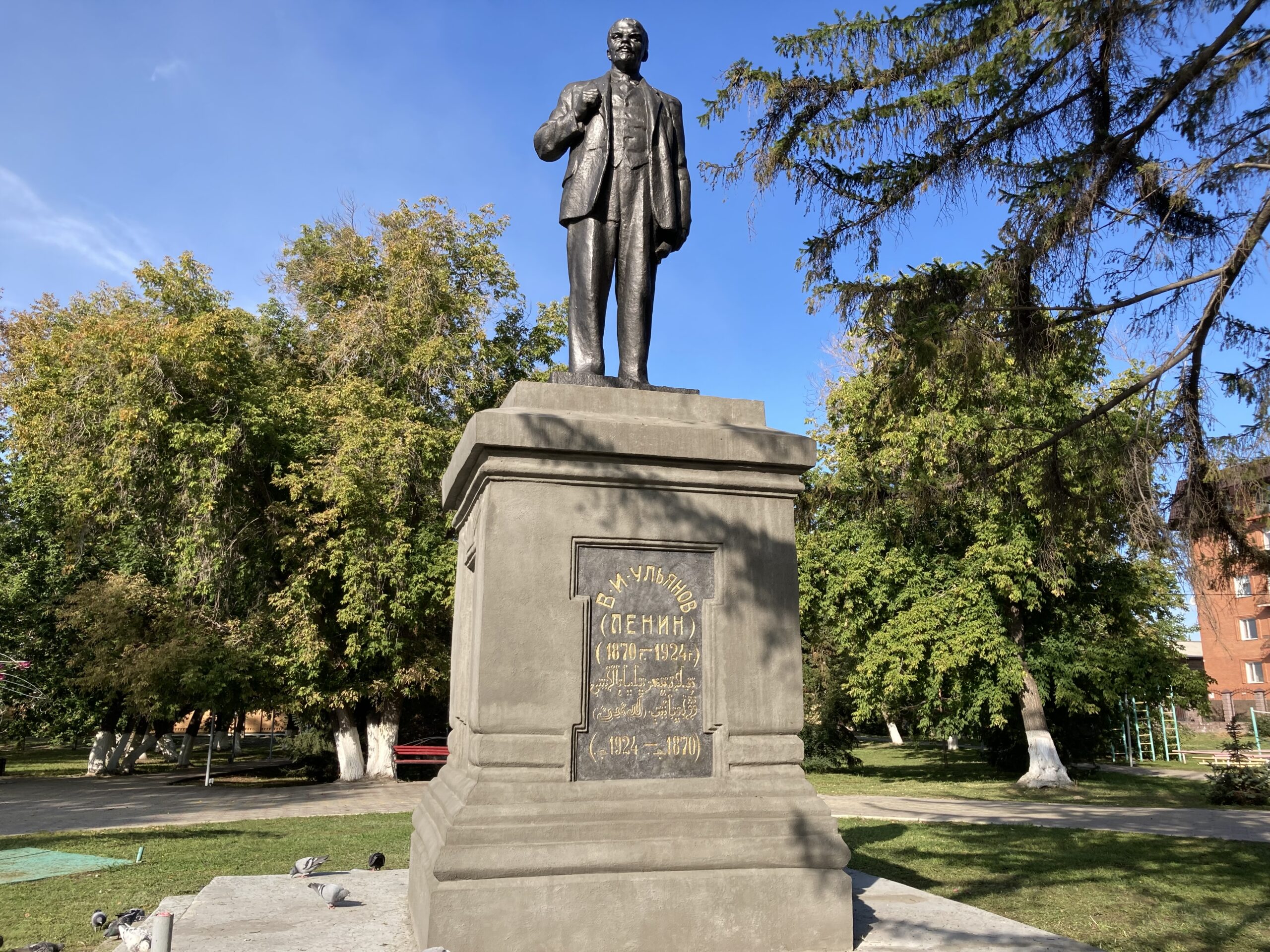
One of the highlights of Pavlodar for me was to see this particular statue of Lenin, or Mr. Ulyanov, complete with a Kazakh language (in Arabic script) inscription on it. These are hard to come by, and in all honesty, it may be the last of its kind that still stands still to this day.
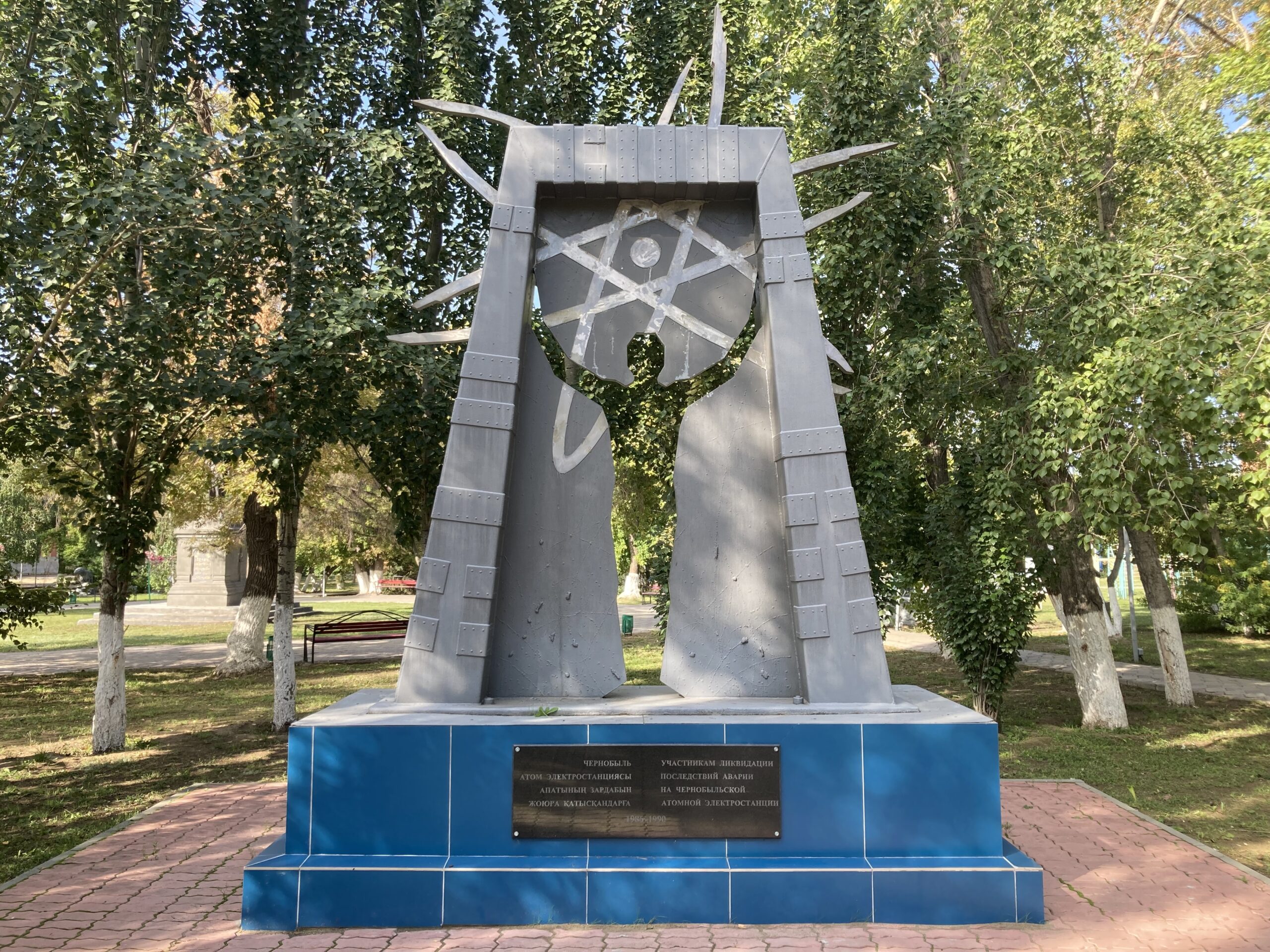
Just a few meters behind Lenin’s unique statue, one can find this memorial dedicated to the victims of the Chernobyl disaster. Nuclear “stuff,” especially anti-nuclear weapon activism is a rather important part of modern Kazakh identity, so it is quite easy to spot such memorials wherever one goes in the country. They did get rid of their own nuclear weapons in 1990s, which is certainly laudable and worth creating a lot of hype around even today if you ask me.
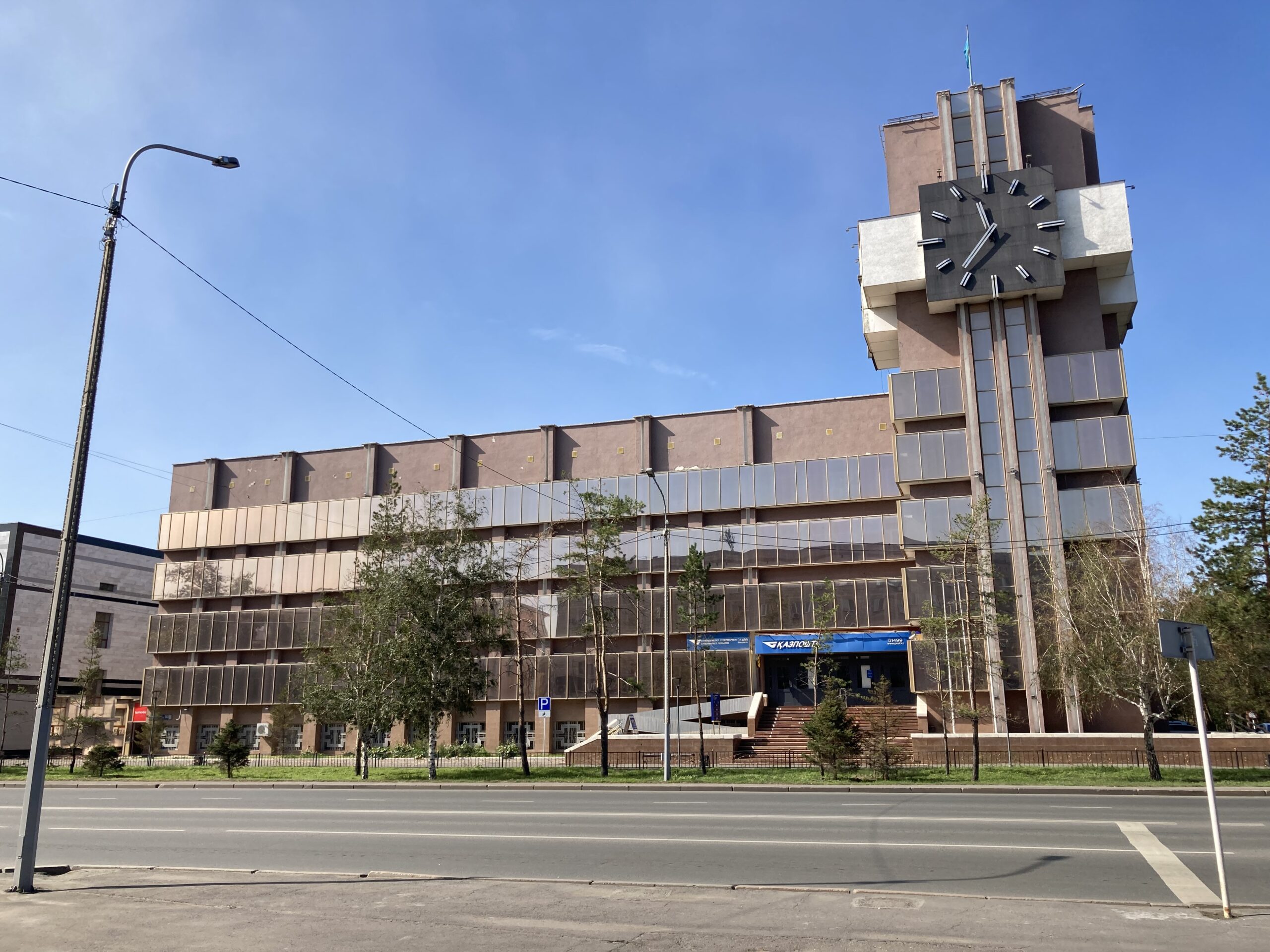
A walk along what appeared to be the main road in the city will bring you here, the KazPost building with its four-sided clock tower that was in great condition. They all worked in sync and the whole scene looked straight out of an old Soviet flick.
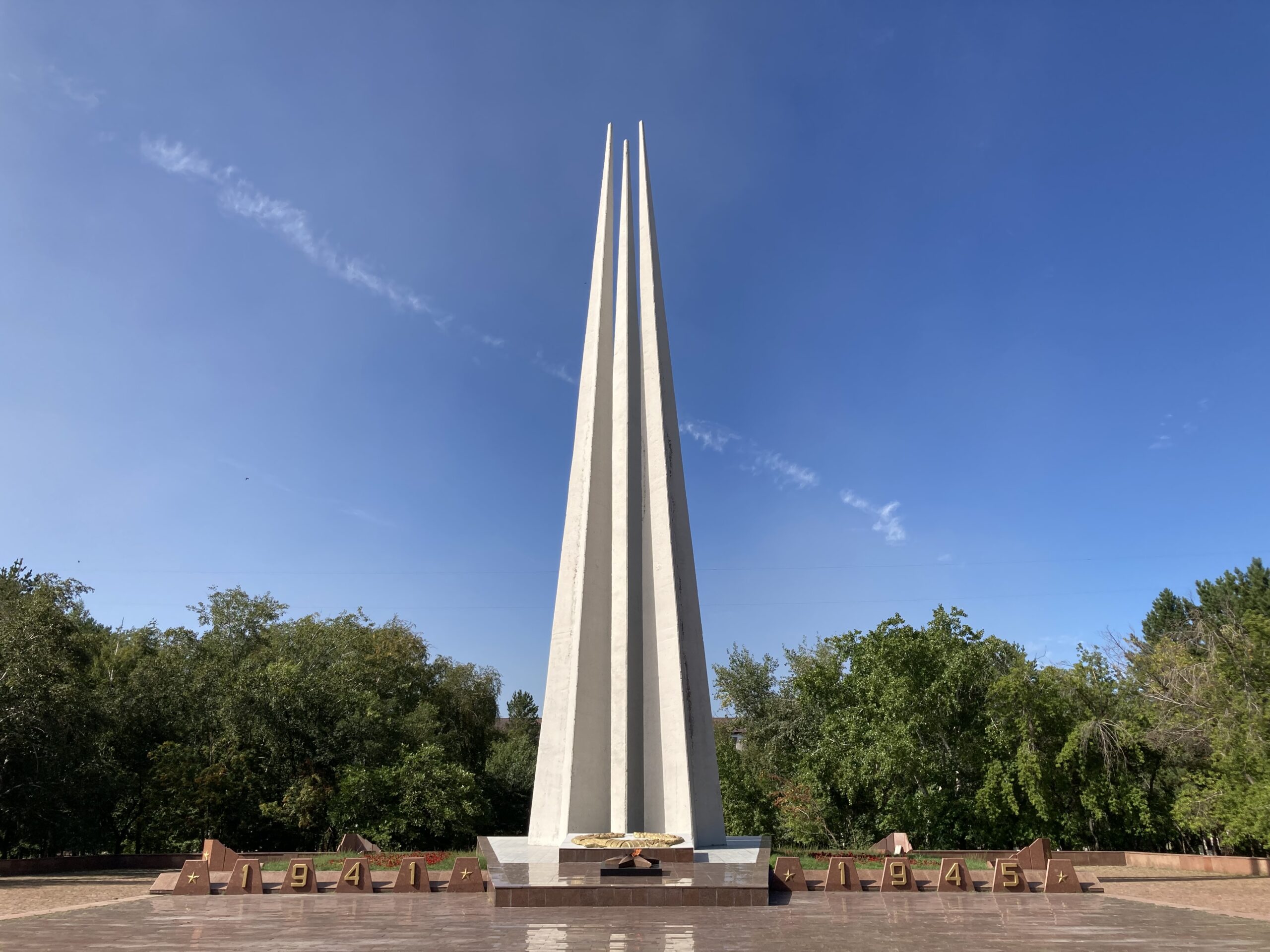
Of course, no ex-USSR city is “complete” without its Victory Park, and in this case, we can even speak of a Victory Spire. No matter what you call it, this was a decent and somewhat original, albeit a bit less decorative approach to creating a central piece for a Victory Park that I have seen in a while. My eyes did look for some mosaics and sculptures, but this did the job too.
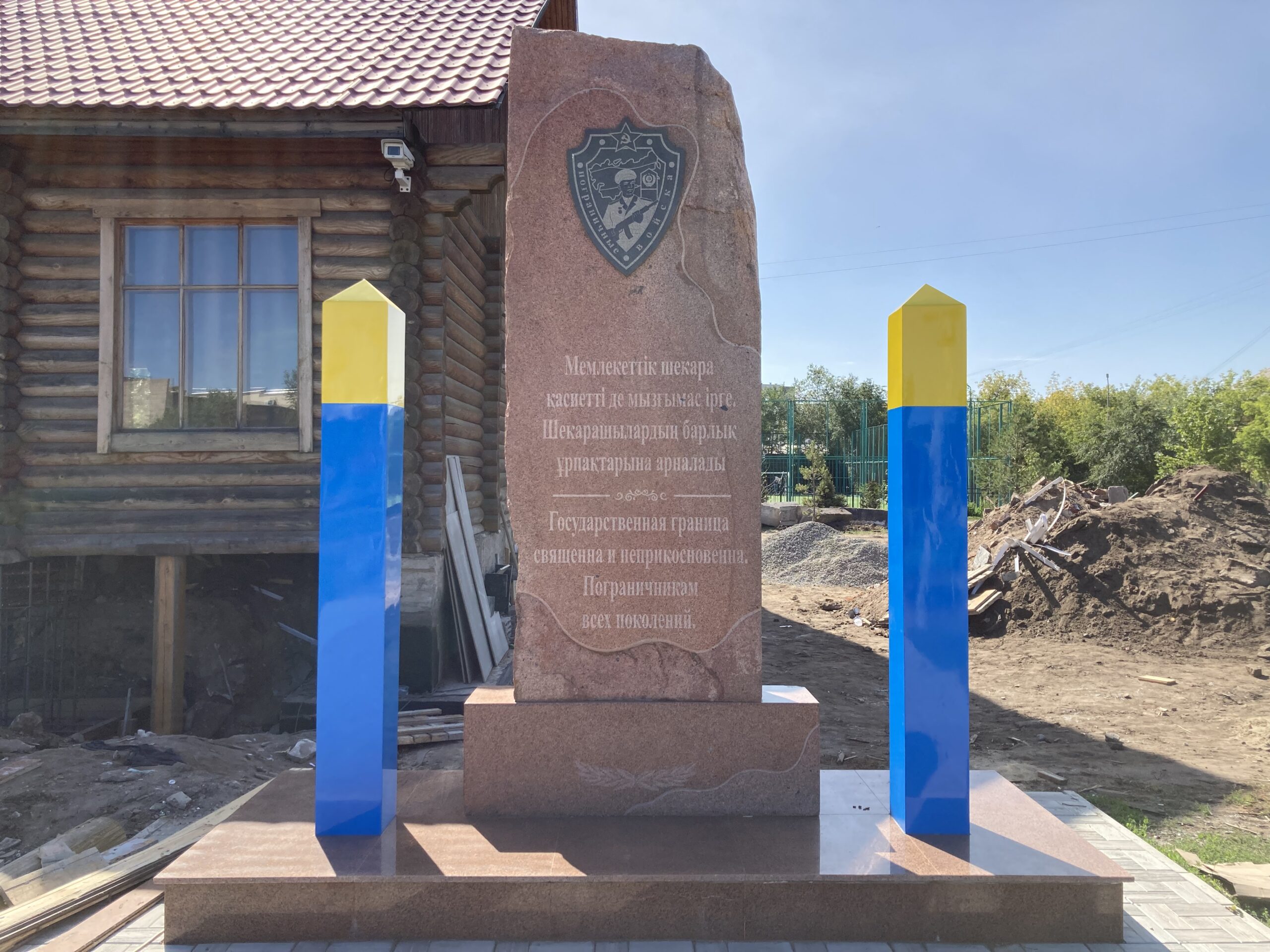
Speaking of wars, it was particularly interesting to “smell” the air vis-à-vis the war in Ukraine here in Pavlodar for a few reasons. Local Kazakhs seemed more pro-Ukrainian than, say, in Astana, with some Ukrainian flags around the town and these “particularly colourful” pillars in what appeared to be a border-related military-themed park. With that being said, I did see some Russian cars (and some others with Kazakh plates too) that had the Ribbon of Saint George on them, and at least one with some Wagner insignia. I do not want to be “that” guy, but it just seems like the poorer a region is, the more its people will be into politics, either out of necessity to secure precious ties, or out of sheer boredom. It is nigh impossible to see such political allegiances flaunted in the middle of Astana amidst its many skyscrapers, on people’s fancy Range Rovers… It is the same in Turkey. You will not find much political insignia, of any sort, in Istanbul’s chic parts, but smaller Anatolian cities sometimes are home to people who spend their entire day talking about politics in coffeehouses that are filled with like minded people.
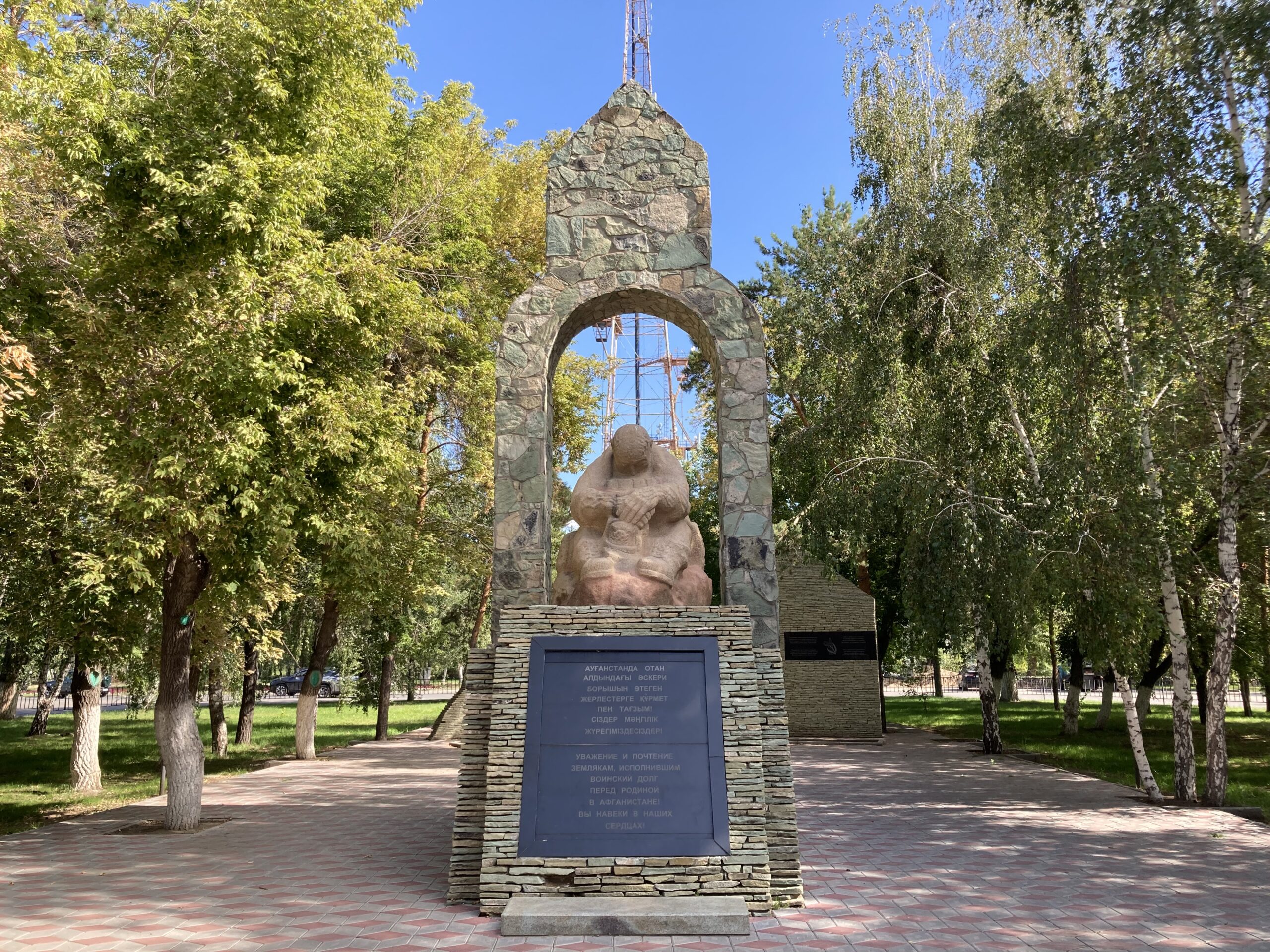
To continue with the theme of memorials, we can also take a closer look at the one that was dedicated to the war in Afghanistan. It is not surprising to see that most Kazakh cities have a version of these, given the fact that a lot of locals were recruited into the army corps to be sent to the deadly valleys and ravines of Afghanistan.
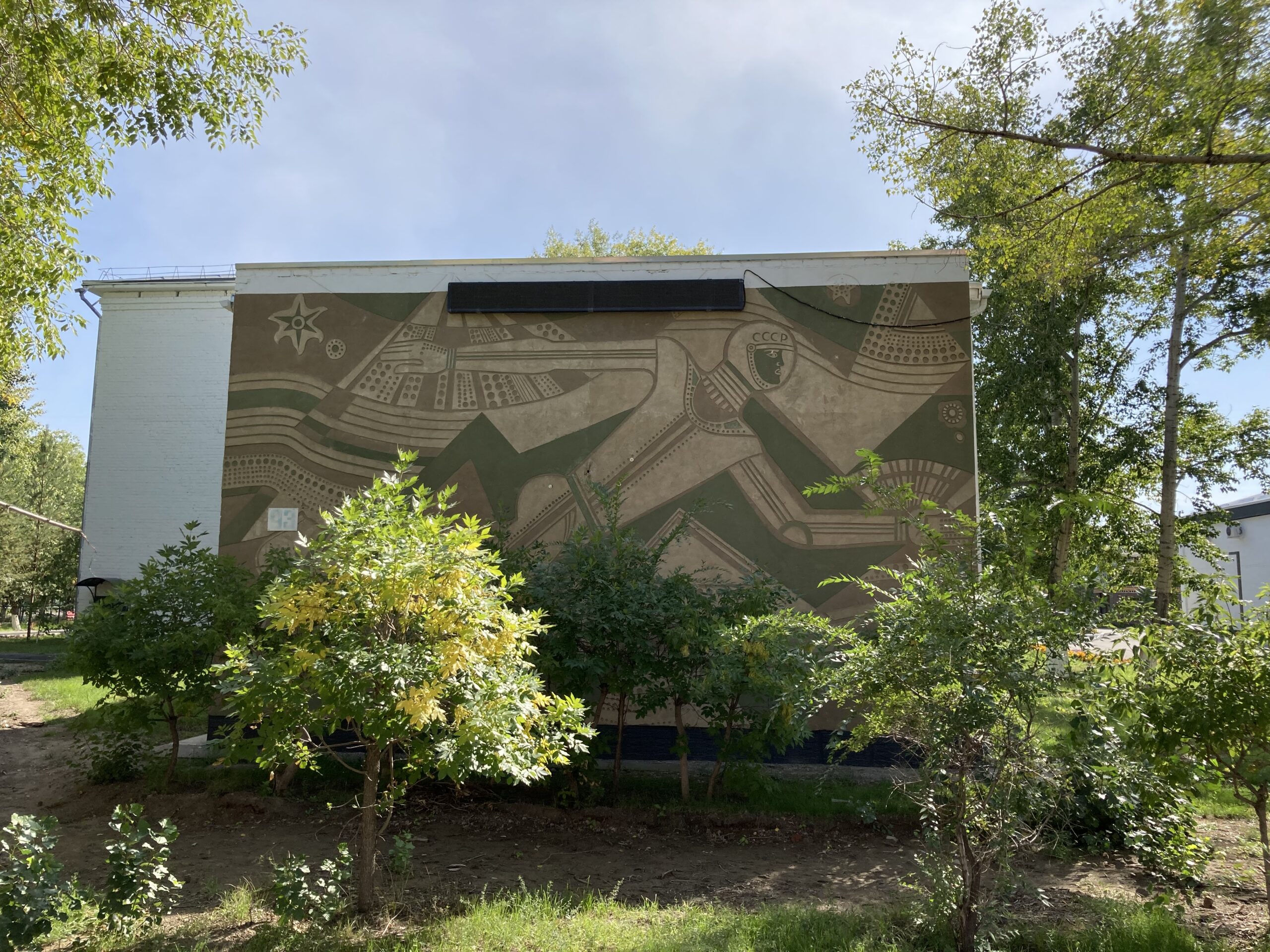
Though Pavlodar was enjoyable enough for Soviet and non-Soviet enthusiasts alike, it was a let-down to see that there were no mosaics or reliefs to see, which seemed suspicious to say the least. My suspicions only grow stronger when I chanced upon this magnificent display. I find it very hard to believe that some Soviet authorities decided a single decoration was enough for the whole city, and they left the rest of it as a blank canvas. What is more likely is that the modern authorities covered up or destroyed most of the art pieces, and only spared this one, as it is somewhat hidden from the public eye. I do hope that I am mistaken in this, and that my experiences in Georgia made me a bitter man, but my guts tell me otherwise. Some sides of old Soviet blocks are far too “fresh” looking, and too full of neon lightning…
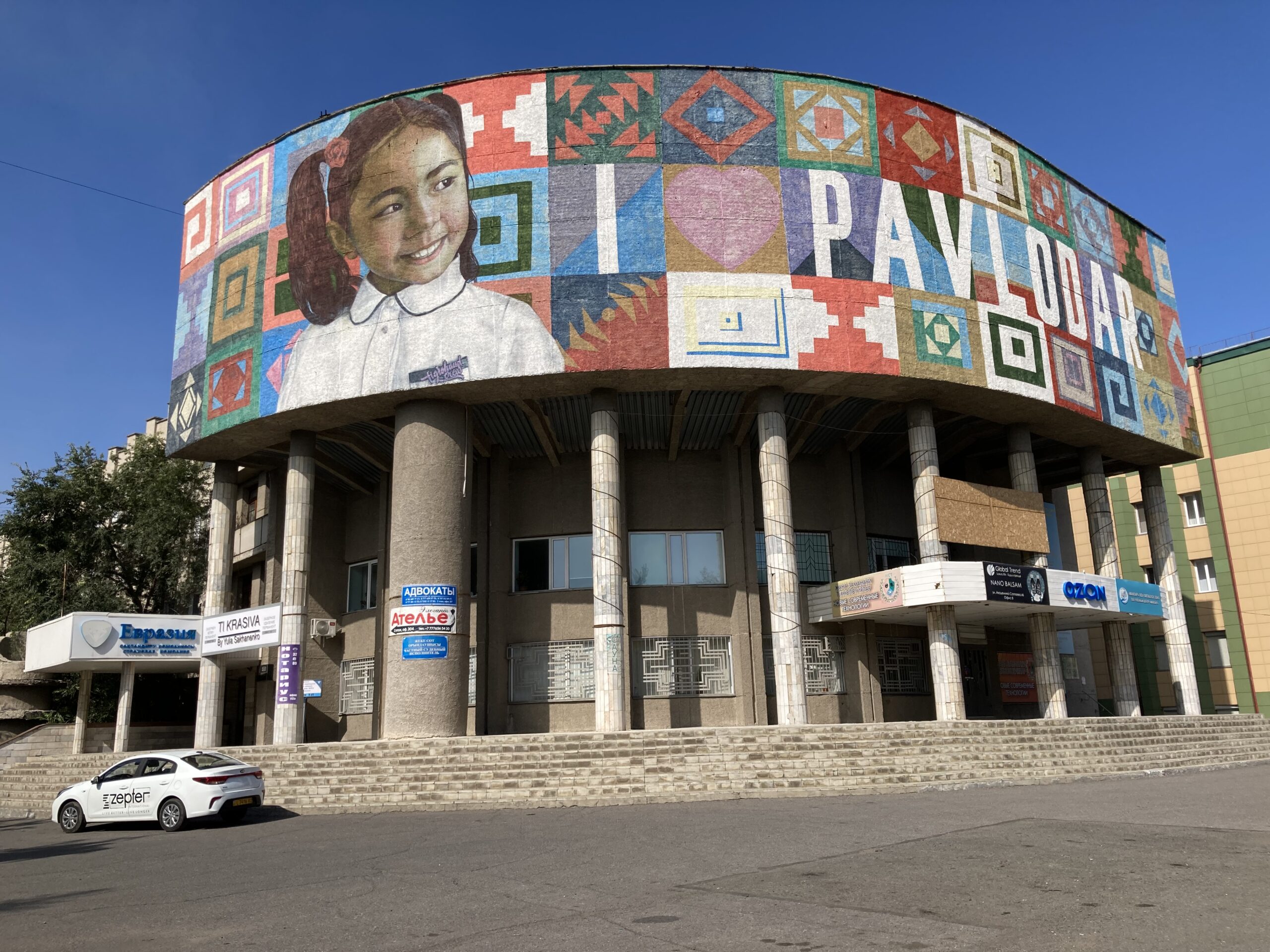
All in all, I guess the city does deserve this cute little street art at the end. There is nothing much to rant about it, it has a lovely community, a small one, but a very multicultural one, and one that seems to be a bit more cheerful than usual. If there is one thing that stood out for me, it was this happiness and richness of its demography. If there was a second thing to note, it would be its surprisingly good dining scene. Come back next week, when I will write all about the best places that I ate at during my short weekend getaway to Pavlodar!
